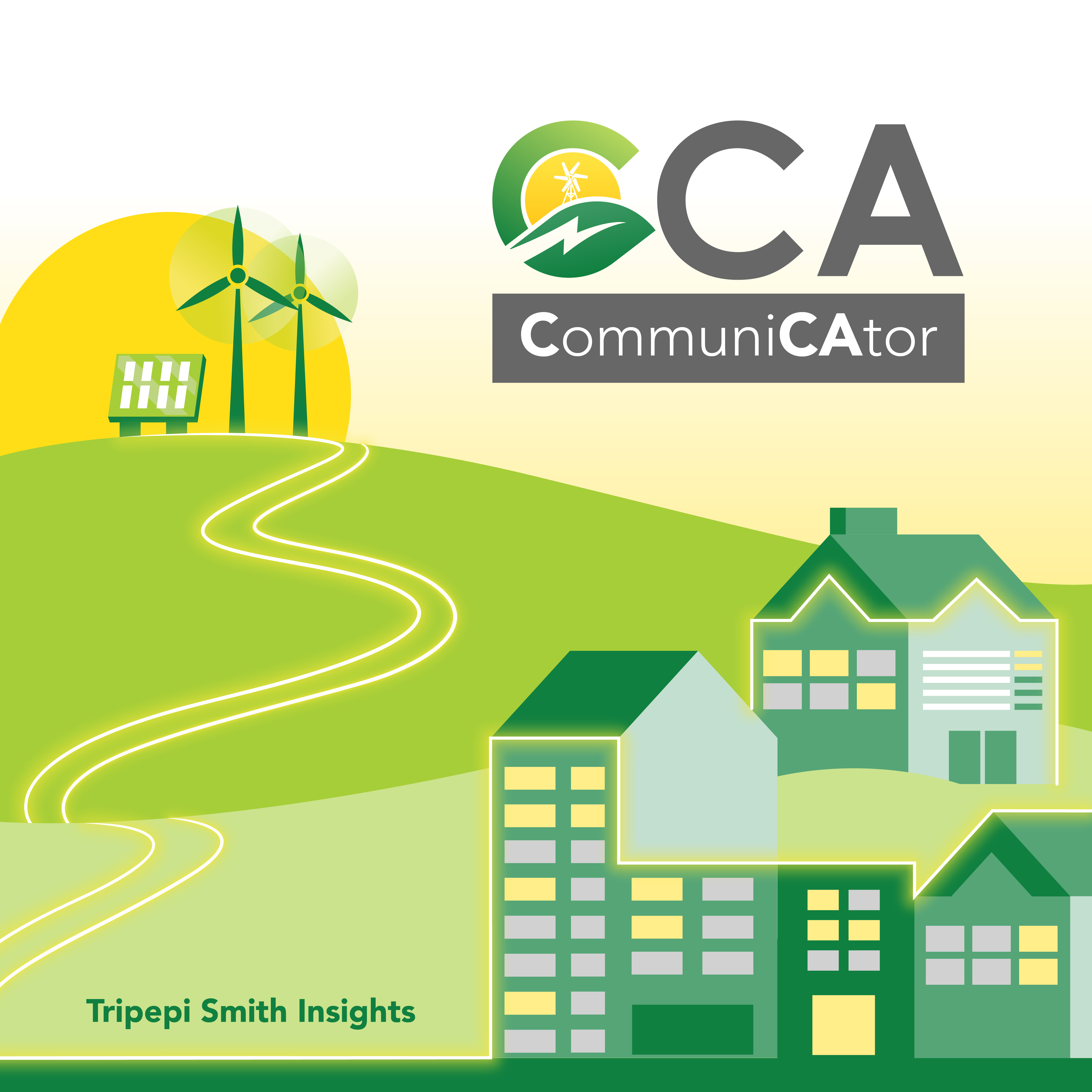Mandatory Notices: Harnessing the Power of Inclusion and Transparency
The busy job of a California community choice aggregator (CCA) goes beyond renewable energy procurement. Achieving record-setting participation rates relies heavily on effective communication and engagement strategies. These can take the form of insightful whitepapers, vibrant social media campaigns, boots-on-the-ground community engagement or even state-mandated notices. While the term “mandatory notice” may not sound endearing, it serves as a vital communication tool to convey important information to customers. By incorporating inclusive outreach practices, CCAs can ensure that all customers feel well-informed and valued.
Let’s delve into the significance of various cyclical notices CCAs typically send and the best practices Tripepi Smith recommends to build and maintain customer engagement.
The Usual Suspects
- New CCA Launches and Ongoing Enrollment
When establishing a new CCA, the distribution of launch mailers is crucial to inform and educate the community about the upcoming changes. It is an opportune time to explain how CCAs operate, outline the associated benefits and provide contact information for any follow-up inquiries. Terms and conditions of enrollment also need to be included in the mailer. The law requires four mailers to be sent: one 60 days before the launch, one 30 days before, one 30 days after and one 60 days after. Additionally, it is prudent to keep a version of this notice available for any new customers entering a CCA’s service area and act as the ongoing enrollment mailer.
- Joint-Rate Comparison
CCAs, in conjunction with their local investor-owned utility (IOU), send out a joint-rate comparison notice (JRC) to customers once a year. This notice enables customers to compare local CCA rates with those of the local IOU and serves as a valuable tool for customers to assess the economic benefits of choosing the CCA. The JRC includes clear, concise rate and electric generation power mix comparisons, as well as explanations of important terminology. By providing this information, the notice empowers customers to make well-informed decisions regarding their energy options.
- Power Content Label
The power content label (PCL) is an annual notice that provides customers with information regarding the renewable energy supplied by their local CCA. It also offers a comparison to the most recent measurement of California’s utility average mix. The PCL details the percentage of energy derived from renewable sources such as solar, wind and hydroelectric power and measures their greenhouse gas emissions intensity. This notice empowers customers to understand the environmental impact of their energy choices and fosters transparency.
Some Things to Consider
- Signed. Sealed. Delivered?
Mandated notices often rely on printed and mailed communications, but standing out in a sea of mail can be challenging. Nevertheless, some individuals read every piece of mail they receive, and it’s crucial for CCAs to meet customers where they’re at. Similarly, some individuals will immediately discard mail without a second thought, so how do we also meet them where they’re at? CCAs can leverage customer email lists to send digital versions of notices. Email offers an easy, cost-effective and comprehensive delivery method. Additionally, when working with digital notices, it’s essential to ensure PDFs are ADA-compliant so that customers with visual impairments aren’t missing out on important information.
- Let’s Talk Language
To effectively communicate with their diverse customer base, CCAs must understand language preferences within their community. Measuring language preferences through Census data, surveys and/or community outreach can help CCAs gain insight into languages spoken within their service area and determine significant majorities. This information is essential for considering the provision of translated versions of mandatory notices. By adopting a multi-lingual approach, CCAs demonstrate their commitment to inclusivity and ensure that all customers have equitable access to valuable information.
Spacing on a printed mailer is limited and usually only allows for the incorporation of one or maybe two languages without sacrificing legibility. In such cases, consider the following options: Firstly, prioritize including a QR code or URL on the mailer that directs customers to a webpage hosting alternative language versions of the mailer. Additionally, if customers have previously communicated their language preferences to their IOU, CCAs can accommodate those preferences by sending them a notice in the appropriate language. These proactive strategies not only enhance the effectiveness of a mandatory notice but also strengthen trust, engagement and participation among customers from various linguistic backgrounds.
Mandatory notices are a powerful tool for CCAs to effectively communicate crucial information to their customers. By embracing inclusive practices and maximizing the potential of these notices, CCAs can create a more engaging customer experience. In doing so, CCAs reinforce their commitment to transparency, customer empowerment and community involvement, paving the way for a bright, sustainable future that benefits all.
Tripepi Smith’s CCA CommuniCAtor Insights series examines aspects of and best practices for communicating the value and impact of CCAs to ensure community messaging is reaching and engaging key audiences to promote their involvement.
For more #AlwaysBeLearning insights from Tripepi Smith:
- Sign up for our email newsletter
- Add our RSS to your favorite RSS Feed reader
- Follow us on Facebook
- Like & Follow us on LinkedIn
- Follow us on Twitter
- Follow us on Instagram



